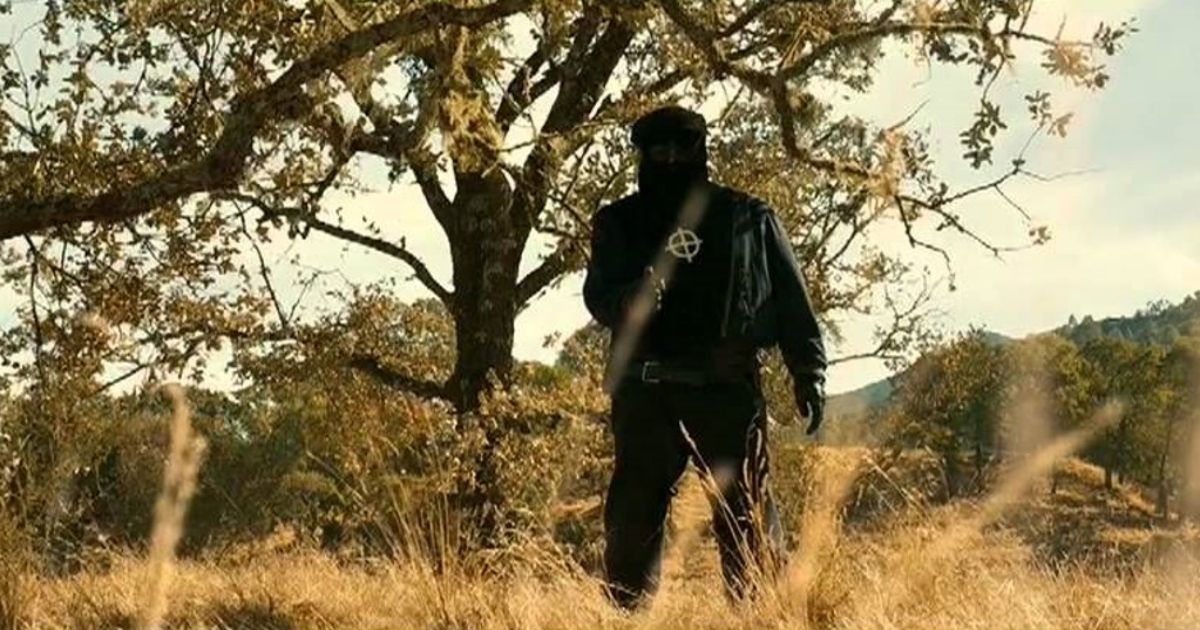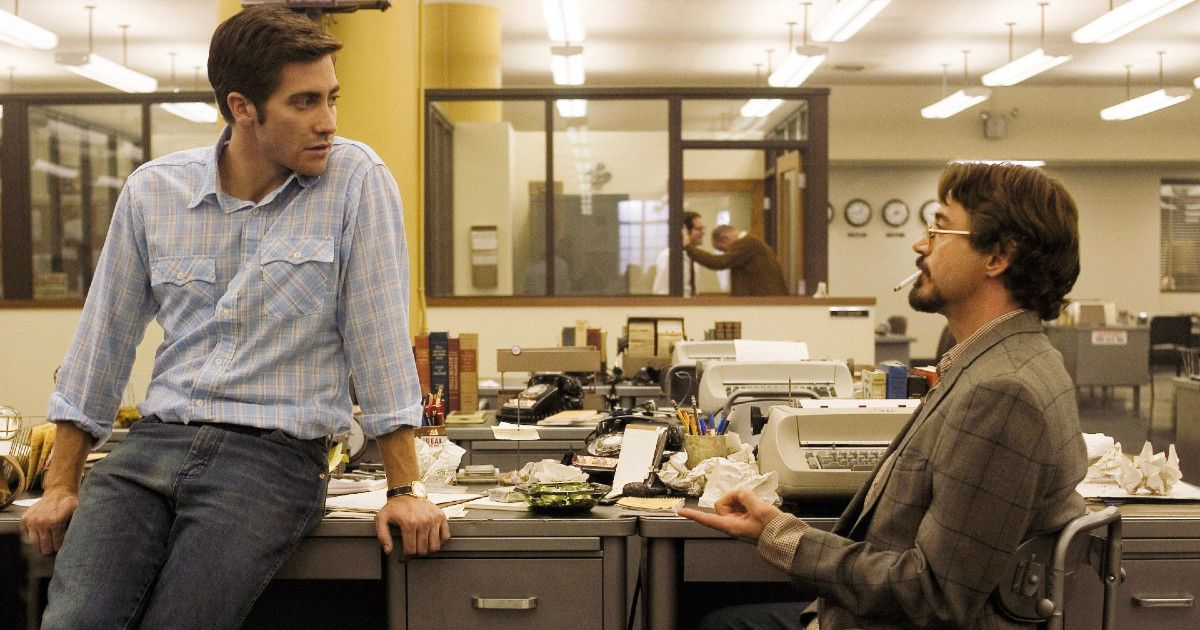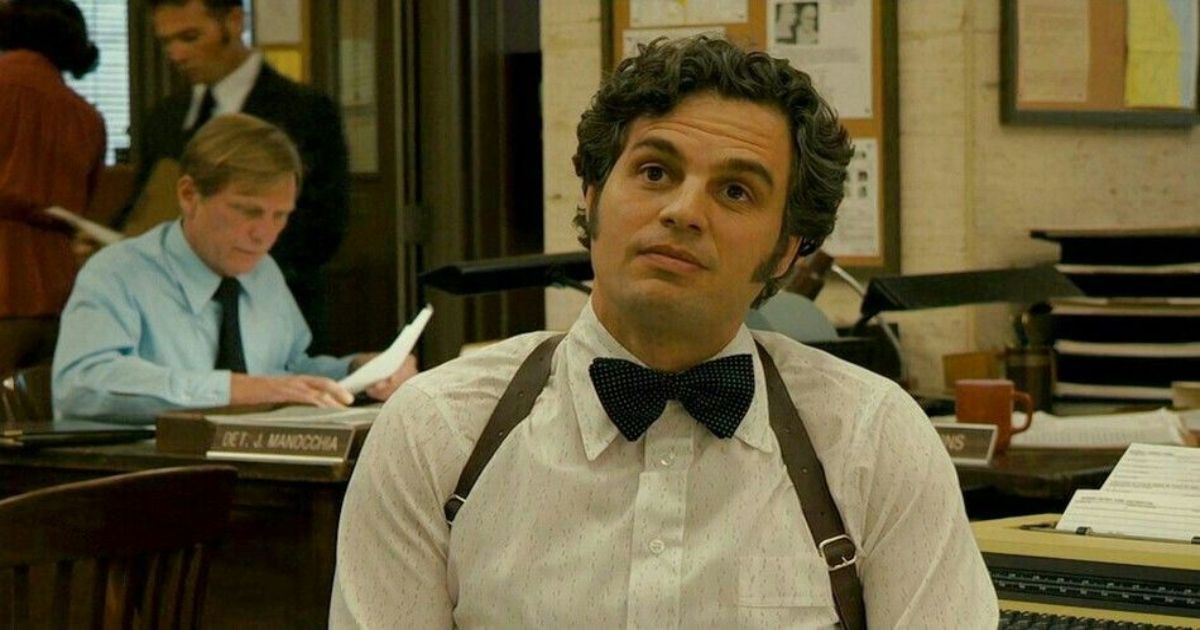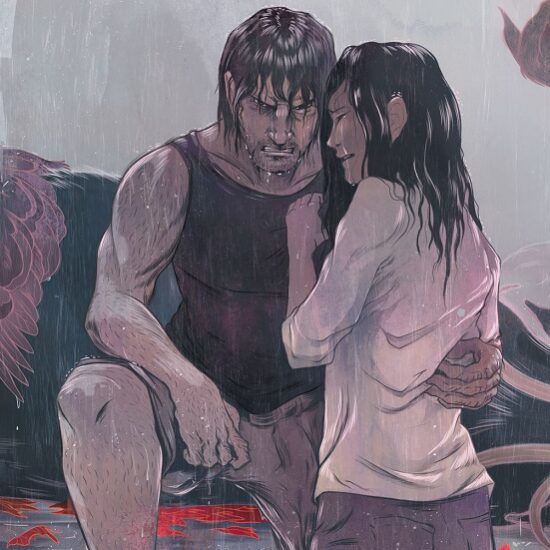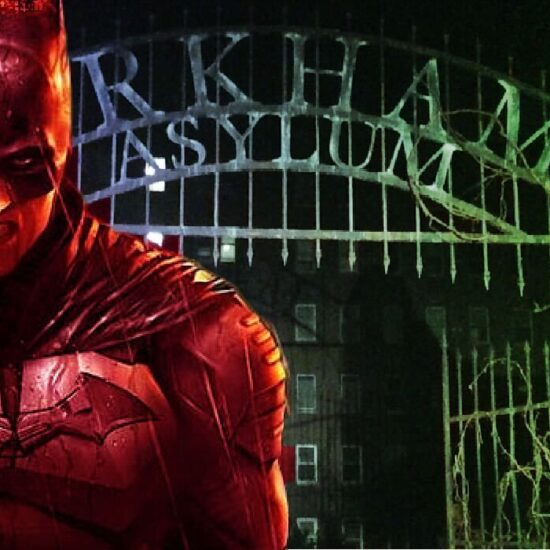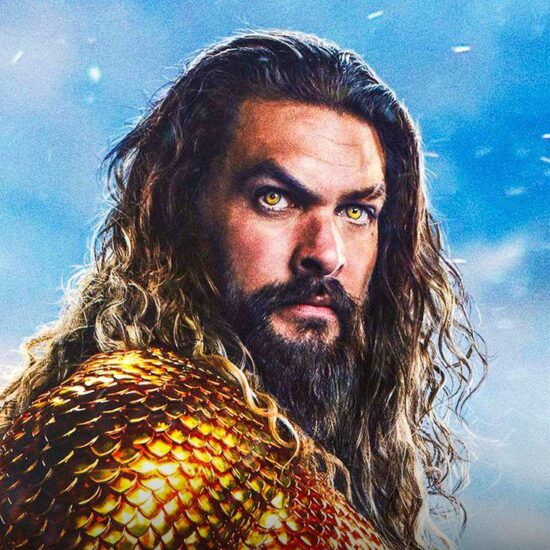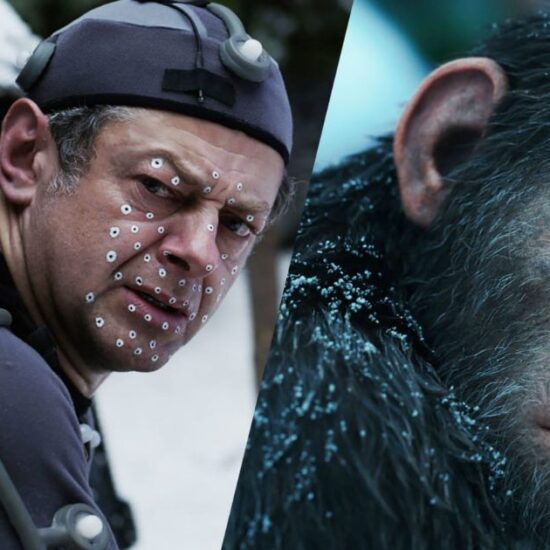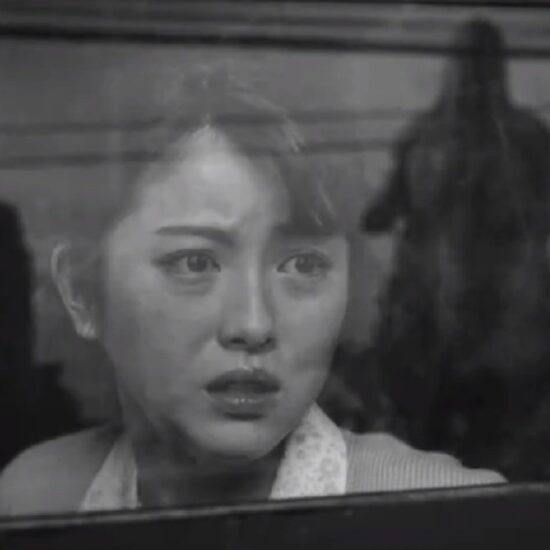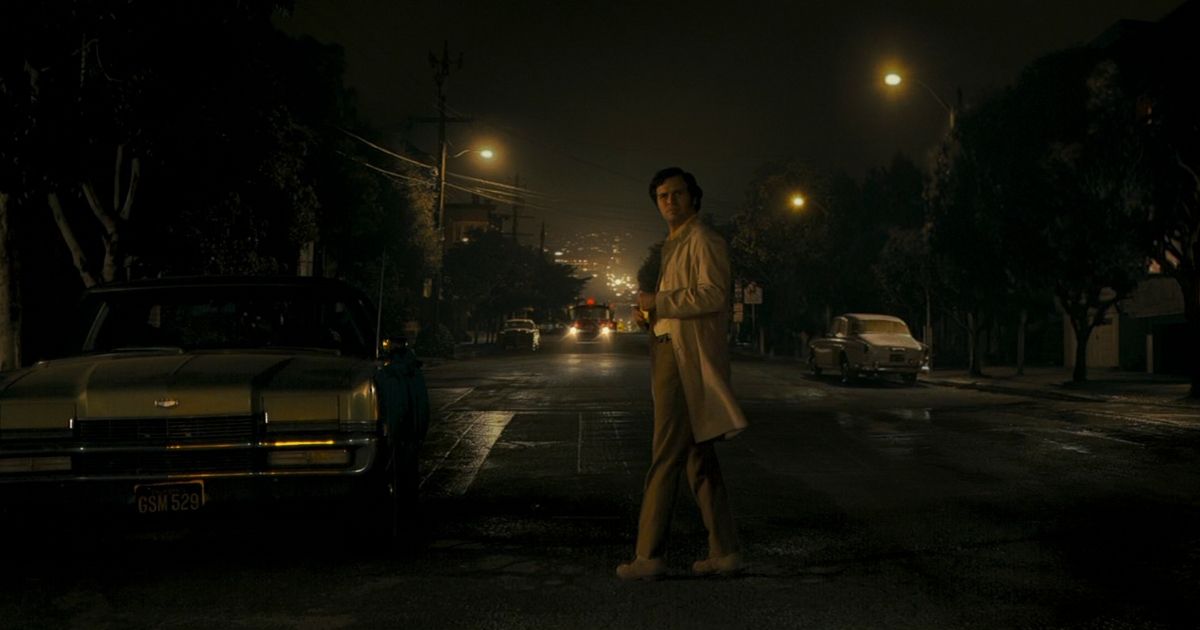
It’s no exaggeration to say that David Fincher is one of the most beloved directors of the 21st century. Beginning his career with a slew of industry-redefining music videos, Fincher got his first feature film gig in 1992 directing Alien 3. Although that film disappointed many fans of the Alien franchise, Fincher went on to direct a number of great films and, over time, developed his signature style. Today, he is seen as a provocative auteur. Fincher’s movies, which mostly fall into the psychological thriller genre, have garnered 40 Oscar nominations over the years, as well as countless other accolades. Some of his best-known films include Fight Club, Seven, Gone Girl, The Girl with the Dragon Tattoo, and The Social Network. Right up there with those classics is his 2007 film Zodiac, which stars Jake Gyllenhaal, Mark Ruffalo, and Robert Downey Jr.
A gem of a true-crime film, Zodiac chronicles the unsolved mystery of the “Zodiac Killer,” who was at the center of a string of brutal murders that occurred in the 1960s and 1970s in the San Francisco Bay Area. Although the film isn’t typically the first one people think of when they think of David Fincher – and despite its poor box office performance – a case can be made that it’s the director’s masterpiece. Here’s why Zodiac is Fincher’s most underrated movie.
Underwhelming Box Office Returns, Overwhelming Terror
When Zodiac first released in the spring of 2007, it bombed at the box office and dropped out of sight rather quickly for a big-budget film from a major filmmaker. The film was deemed a failure by the studio and didn’t last long in the theaters. Unlike other films by Fincher, Zodiac wasn’t perceived by the critical world as a particularly praise-worthy picture, and thus was skipped over by the Academy Awards completely. Although reviews were generally favorable, many critics expressed frustration with the lengthy runtime and the film’s lack of a satisfying ending. On the other side of the critical consensus, however, some reviewers pointed out that it was these two factors that made the film so great; the lengthy runtime is stuffed to the brim with crucial information and character development, and the lack of an ending isn’t just realistic (the killer was never caught), but is also the film’s biggest scare.
As Polygon aptly puts it, “There’s no cathartic wrap-up. We’re not left with any kind of just ending. It’s the anti-Fincher ending, but it’s also the most powerful. The Zodiac killer was never actually discovered in real life, and Fincher ends on a bit of a nothing note, relaying the same kind of discouragement that many people within Northern California and the detectives who dedicated their lives to the case felt.” It’s a shocking downer of an ending that inspires dread and frustration in the viewer, and the most memorable closer in Fincher’s filmography.
Police Procedural Meets Horror
One of the most interesting and unique aspects of Zodiac is the way that it seamlessly melds genres. It is part character-driven drama, and does an excellent job developing both Gyllenhaal’s insightful cartoonist and Downey Jr.’s dogged reporter. It’s also a fastidious police procedural, and Fincher spares no nitty-gritty detail, opting to go all-in on the realism factor and depict each and every rabbit hole that the detectives went down in real life. Beyond these two genres, the film works just as well as a horror film. While it never tips into out-and-out slasher territory, the killer’s scenes in Zodiac are some of the most terrifying scenes of the 21st century, and the moments in which Gyllenhaal uncovers another clue inspire just as much dread as they do fulfillment. As Collider puts it, “The film is renowned for a number of haunting sequences which brought to life the sheer terror Californians experienced during the time.”
Unparalleled Attention to Detail
Zodiac is one of the most meticulously detailed films in Fincher’s career, and perhaps of all time. The police procedural aspect of the film is fully realized, with each scrap of evidence from the real-life case being presented in a historically accurate way and explained in depth. Additionally, Zodiac depicts San Francisco as it really was in the ‘60s and ‘70s. Instead of the usual rose-tinted goggles that most filmmakers lens their period films through, the world of Zodiac is authentically scuzzy, almost to the point of being anti-nostalgic. There’s no playing up of the stereotypical “hippie era” stuff that’s at the center of most films depicting this city at this particular time, rather the film presents the city as the average working Joe would have seen it. Even the little details of the workplace mattered for Fincher. In the words of Roger Ebert, who knew a thing or two about working in a newspaper office, “I found the newspaper office intriguing in its accuracy. For one thing, it is usually fairly empty, and it was true on a morning paper in those days that the office began to heat up closer to deadline.” It’s this incredible attention to detail that makes Zodiac stand out as one of Fincher’s best films.
Incredible Performances from a Star-Studded Cast
Another reason Zodiac is so excellent is that its cast is stacked with top-of-the-line talent. The film features one of Jake Gyllenhaal’s best performances as the political cartoonist-turned-amateur detective Robert Graysmith, as well as great supporting roles from Chloë Sevigny and Anthony Edwards. A particular highlight of the movie is the inclusion of two incredible actors who, shortly after Zodiac, would go on to find super-stardom in the Marvel Cinematic Universe: Mark Ruffalo and Robert Downey Jr., who both give some of the best performances of their careers. In short, Zodiac is brilliantly acted, and it’s baffling that its stellar cast was overlooked by many prestigious awards ceremonies.







